ER/Studio Enterprise Team Edition Use Cases
Data modelers and architects along with business and IT stakeholders must respond to multiple levels of data-related business needs, to help ensure that the business makes good decisions with the right information. Some key activities that may be needed include:
- Build out an enterprise data model
- Represent business concepts with full documentation of attributes, definitions, relationships, etc.
- Discover and document existing assets across the data landscape
- Determine all data sources and manage transformation of data between staging area and data warehouse
- Build the foundation for a data governance program
- Catalog metadata for data governance or data quality initiatives
- Perform an impact analysis of new policies or projected changes to models, databases, or data fields
- Ensure consistency between models and databases, coordinating changes across development teams and BI analysts (change mgmt.)
ER/Studio Enterprise Team Edition helps to address all of these situations, with robust logical and physical modeling, business process and conceptual modeling, enterprise data dictionary, business glossaries, and more.
- Document and enhance data and metadata for enterprise architectures
- Implement naming standards and a data dictionary to improve consistency
- Share and collaborate on global business glossary terms and definitions
- Effectively communicate data models and metadata across the enterprise
- Build a foundation for data governance and compliance programs
Document Data Models and Metadata
With ER/Studio’s extensive data modeling and metadata capabilities, you can document critical data elements, business data objects, and regulatory attributes, and show their sources, interactions, and dependencies, in logical and physical data models. Model data from relational, NoSQL, big data, BI and ETL sources. Define business processes and conceptual models that represent business goals.
Implement Naming Standards
Assign a naming standards template to your model, submodel, entities, and attributes, and ER/Studio Enterprise Team Edition will automatically apply those naming standards between the logical and physical models, ensuring consistency between models. You can also integrate model elements into reusable constructs via a built-in enterprise data dictionary.
Collaborate on Global Glossary Terms
Define business-area specific glossaries with rollups to higher level glossaries to reflect the corporate structure, and bind glossaries to data models. Business and technical team members can view and update the business terms to share corporate knowledge in one centralized location.
Share Models and Metadata across the Enterprise
Save conceptual, logical and physical data models in the Repository, publish them in Team Server for others to view, and set permissions for visibility of objects. Web users can access details on model objects and associated metadata. The whole team uses the same terms and descriptions which serve as the blueprint for business glossaries and data governance strategies.
Establish a Foundation for Data Governance
Establish a data strategy based on a centralized model and metadata hub. Comply with industry regulations and business standards regarding security and privacy by alerting users who view or modify sensitive data. Easily set permissions for access controls. Consolidate information in easy-to-understand reports for business analysts.
Extract and Integrate Complex Metadata
If you are working with ERP or CRM software such as SAP and Salesforce and wish to integrate the source metadata into your data architecture, IDERA offers Safyr® solutions to handle this quickly. Safyr analyzes the complex structures of these applications, extracts important metadata from ERP, CRM and other enterprise applications, and exports it into a model file that can be brought into ER/Studio Data Architect.



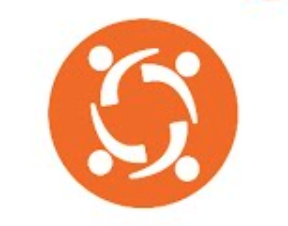




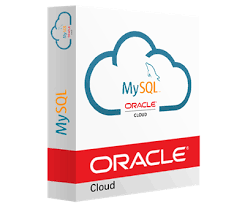

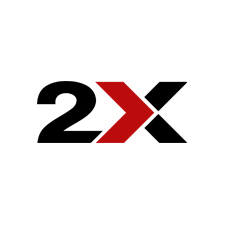

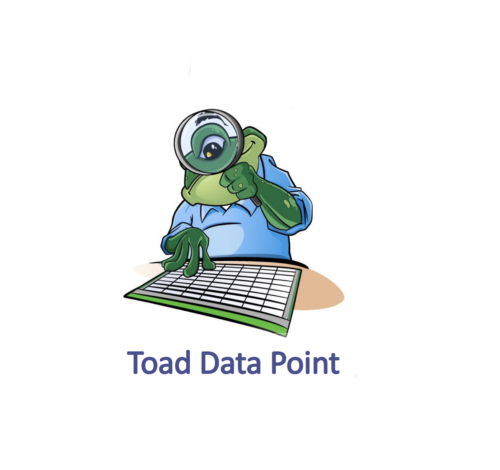


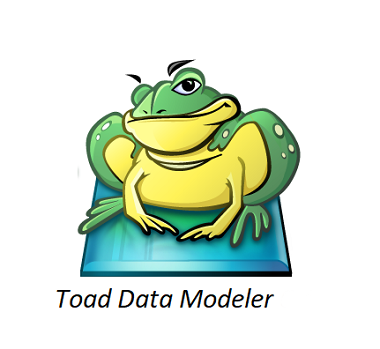

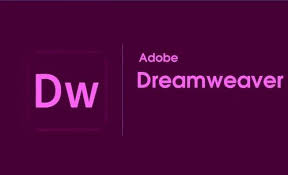



There are no reviews yet.